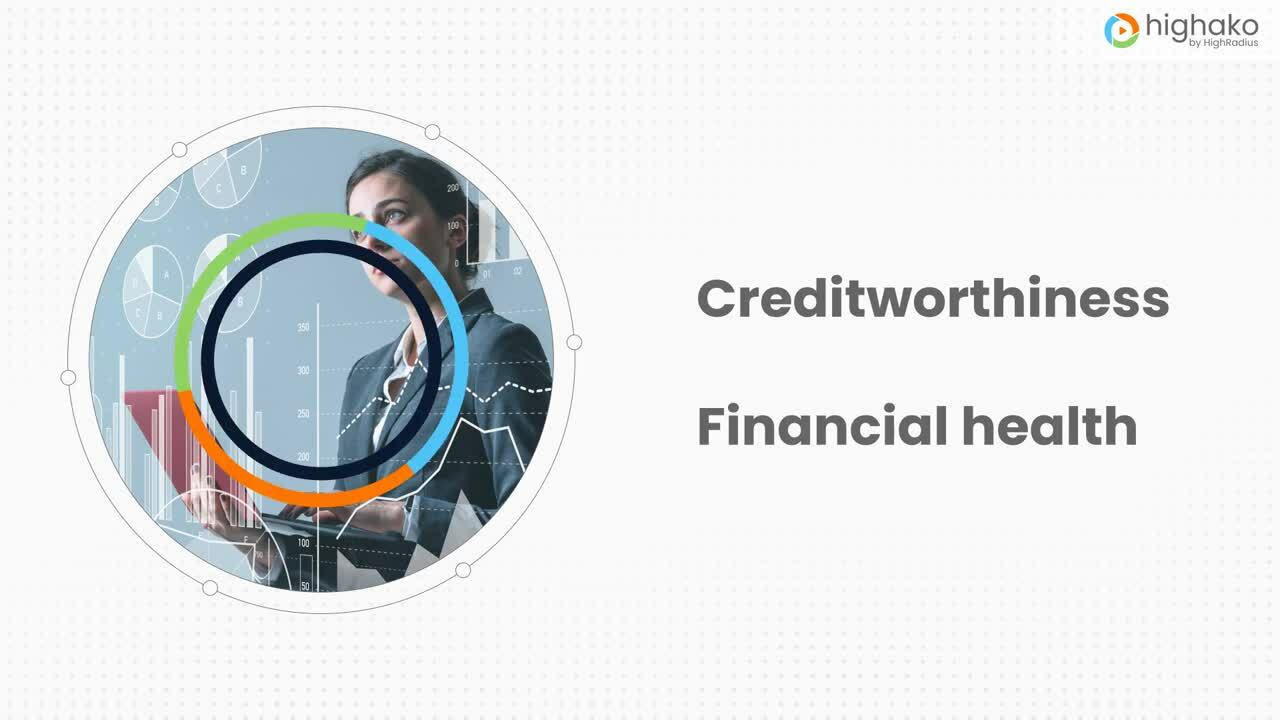- 10 Collection Negotiations Tips to Deal With Delinquent Customers

Our recent survey on Covid-19 Impact and Response revealed that many businesses are striving to balance between aggressive collections and negotiated payment settlements while working with their customers to resolve payment issues.
This “Tip of the Week” is the first in a series covering how to handle those tough customer calls.
What do you do when the customer says: “We can't pay right now as we have cash flow problems” or they bring up any number of other reasons to stall payments?
Here are ten things to focus on that may help you negotiate better and get some form of payment commitment:
1. What is the Root Cause? Determine the root cause of the payment delay. If necessary, ask multiple probing questions. You may have to ask the same question in different ways several times to identify the real reason for a past due balance or an erosion in payment to terms. Formulate questions that cannot be answered with either a “Yes”, or “No”. Make them tell you a story. This can lead to more probing questions until you get to the root cause. Do not accept vague answers
2. What is the Severity of the Delay? Is it a temporary issue or a long-term one? Even if the customer commits to pay the current past due balance, will future payments be delayed, or is there a threat that you might not be paid in the future?
3. Who is the Decision Maker? If your contact tells you they cannot commit to your payment demand, ask to deal with the decision-maker. Negotiate with someone empowered to say yes.
4. An Objection or a Danger Signal? Is the customer objecting to making payment because they have a dispute needing review, or is the delay in payment actually a danger signal that your company may never be paid, Is there a bankruptcy looming?
5. How Much Can Be Paid Immediately? Be empathetic but ask how much they can pay immediately. Ask for a payment commitment, even if it is only for a partial amount of the total due.
6. What are the Facts? Focus on facts, not on opinions based on incomplete facts or what the customer hopes will happen.
7. Is There a Win-Win Strategy? Work with the decision-maker for a solution that works best for both parties. “If we receive a partial payment now, with a committed payment on a date certain, we will release product.”
8. What are the Consequences? If you are not satisfied with their response, explain your possible next steps. “We may have no choice but to stop new orders and shipments, refer your company to a collection agency, and report the past due balance to the credit bureaus.”
9. What if the Customer Becomes Irate? If the customer gets angry, wait for them to vent, and calm down before proceeding further with the discussion.
10. Who is Accountable and for What? Keep detailed notes of the call. Email a summary to the client, including what was committed due, dollar amounts, and dates. This helps make both parties accountable for their commitments. Schedule a follow-up on your calendar and follow up exactly when you said you would.
Are you looking to bring your “A-game“ when negotiating with your customer in the next collections call? Watch this 40 minutes tutorial by Bob Shultz on effective collection call techniques.
